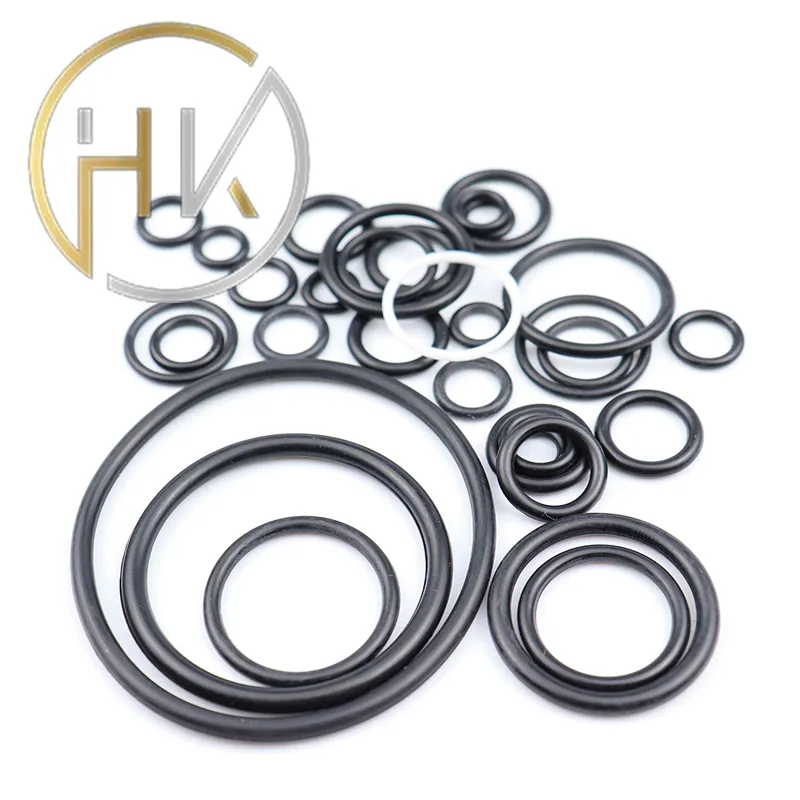Dec . 10, 2024 12:09 Back to list
double wiper seal
Understanding the Double Wiper Seal A Key Component in Mechanical Sealing Technology
In the realm of mechanical engineering, sealing solutions play a critical role in ensuring the efficiency and longevity of machinery. Among various sealing technologies, the double wiper seal has emerged as a vital component in many applications, particularly those involving hydraulic and pneumatic systems. This article delves into the design, function, applications, and benefits of double wiper seals, providing a comprehensive overview of their importance in modern engineering.
What is a Double Wiper Seal?
A double wiper seal is a type of sealing element made predominantly from elastomers or polymer materials, designed to prevent the ingress of contaminants into machinery while also retaining lubricants or fluids inside. It comprises two distinct wiping edges, or wipers, that work in tandem to provide enhanced sealing capabilities. These wipers effectively scrape away any debris or contaminants that may be present on the rod or piston during movement, ensuring that the sealing surface remains clean and effectively reduces wear.
Design Features
The design of double wiper seals can vary significantly based on their application and the specific requirements of the system they are part of. Key features often include
1. Material Composition Most double wiper seals are made from high-quality materials such as Nitrile, Polyurethane, or Viton, chosen for their durability and resistance to chemical attack, wear, and temperature fluctuations.
2. Profile Geometry The shape and profile of the wiper seal are meticulously designed to optimize contact and provide an effective seal. The dual wiping surfaces ensure that contaminants are removed efficiently from the surface before they can cause damage.
Functionality
The primary function of a double wiper seal is to maintain a clean working environment within hydraulic and pneumatic systems. By utilizing two wiping surfaces
- Contaminant Removal As the rod or piston moves through the seal, the first wiper edge clears away any dirt, dust, or other particles from the rod’s surface. This proactive removal of contaminants is crucial in preventing abrasion and extending the life of both the seal and the machinery.
- Fluid Retention The second wiping edge works to retain lubricants or hydraulic fluids within the system. This dual functionality not only enhances performance but also reduces the risk of leaks, which can lead to reduced efficiency and higher operational costs.
double wiper seal

Applications
Double wiper seals find applications across a myriad of industries. Common use cases include
- Hydraulic Cylinders In construction and manufacturing equipment, where hydraulic power is essential, double wiper seals ensure that the hydraulic fluid remains contained, while also keeping the pistons clean.
- Pneumatic Actuators In systems reliant on compressed air, these seals prevent airborne particles from entering the actuator, maintaining optimal performance.
- Automotive Engineering Within vehicles, double wiper seals are used in steering systems and suspension components, contributing to the overall durability and reliability of the vehicle.
- Industrial Machinery Many types of manufacturing equipment utilize double wiper seals to protect sensitive components from the ingress of contaminants, thus reducing downtime due to maintenance.
Benefits
The advantages of utilizing double wiper seals extend beyond just protecting against contamination
- Increased Equipment Lifespan By minimizing wear and tear on moving parts, these seals significantly prolong the lifespan of machinery components.
- Cost Efficiency Reducing the frequency of repairs and maintenance leads to cost savings, making double wiper seals an economically wise choice.
- Enhanced Performance Ensuring that machinery operates smoothly and effectively translates to improved productivity levels within industrial environments.
In conclusion, double wiper seals are indispensable components in various mechanical systems. Their ability to provide effective contaminant control and fluid retention not only enhances the functionality of machinery but also contributes to cost savings and improved operational efficiency. As engineering technology continues to evolve, the importance of such sealing solutions will undoubtedly grow, underscoring the need for ongoing innovation in sealing technologies.
-
TCN Oil Seal Metal Ring Reinforcement for Heavy Machinery
NewsJul.25,2025
-
Rotary Lip Seal Spring-Loaded Design for High-Speed Applications
NewsJul.25,2025
-
Hydraulic Cylinder Seals Polyurethane Material for High-Impact Jobs
NewsJul.25,2025
-
High Pressure Oil Seal Polyurethane Coating Wear Resistance
NewsJul.25,2025
-
Dust Proof Seal Double Lip Design for Construction Equipment
NewsJul.25,2025
-
Hub Seal Polyurethane Wear Resistance in Agricultural Vehicles
NewsJul.25,2025
-
The Trans-formative Journey of Wheel Hub Oil Seals
NewsJun.06,2025
Products categories
















